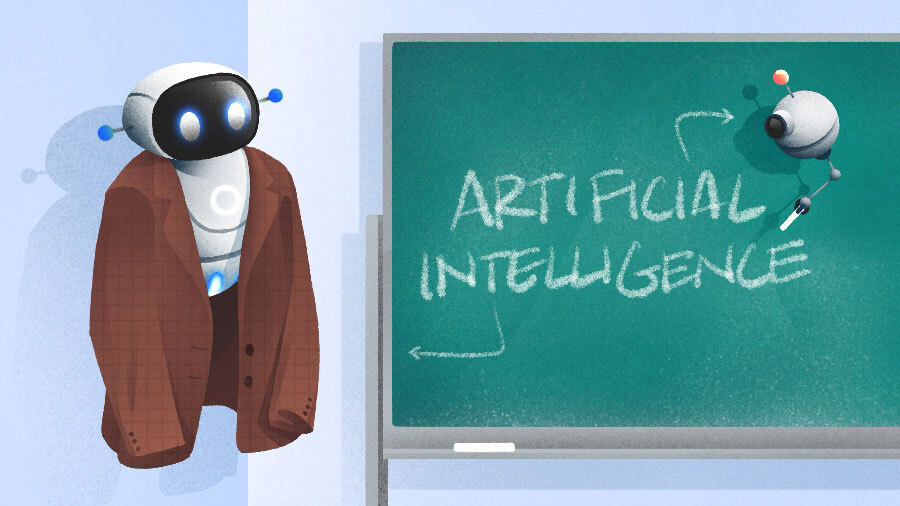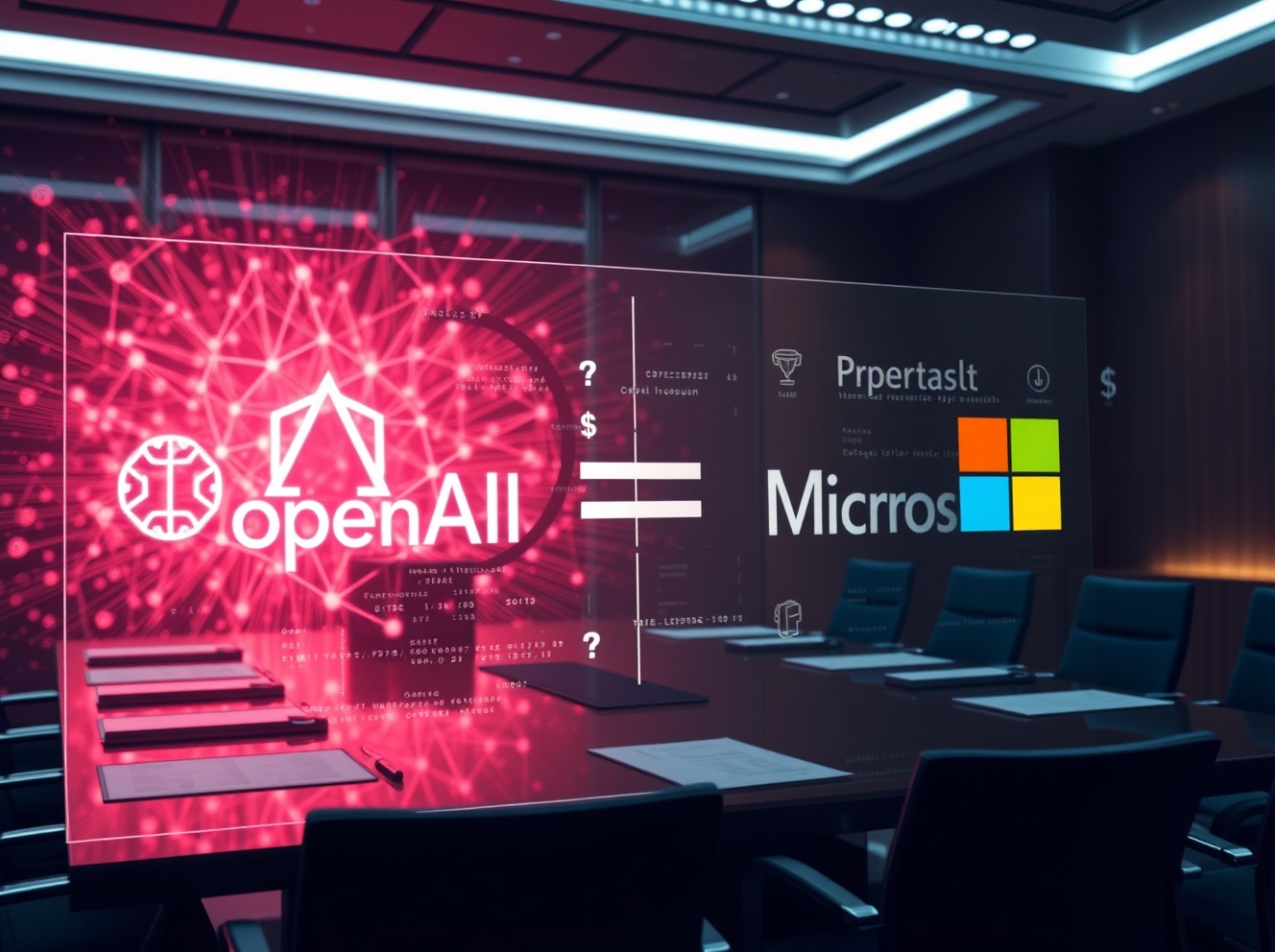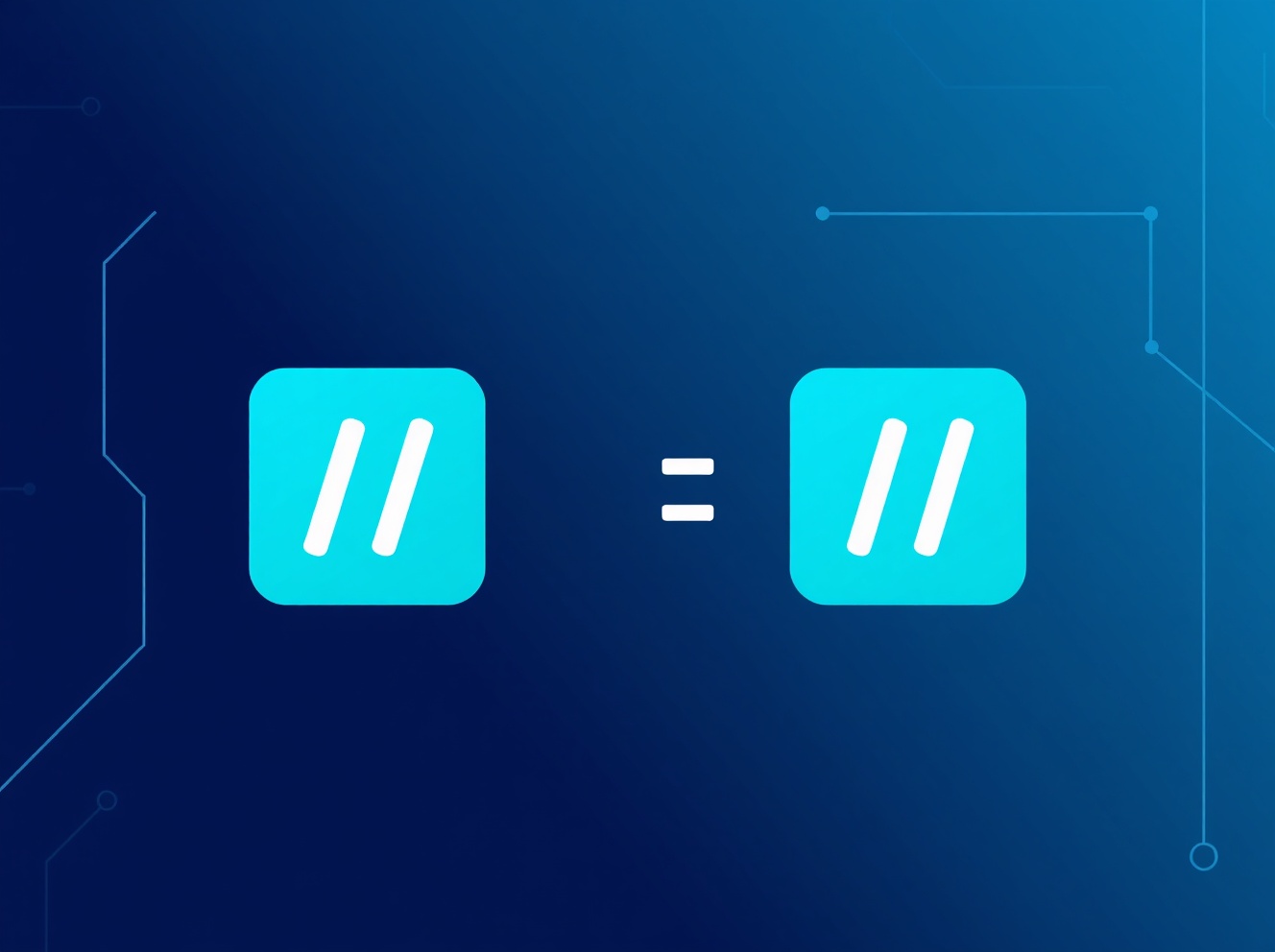What I Learned Building An AI ‘Buddy’ For My Kids (And Millions More Worldwide)
Share:
By Ivan Crewkov
AI is making its way into every part of our lives, and education is no exception. A recent survey showed 88% of U.S. parents think AI is essential to their children’s education, but most aren’t sure if it’s being used in their child’s classroom.
One of the most promising uses of AI is personalized tutors. Considering the estimated shortage of 40 million K-12 teachers globally by 2030, there’s a big opportunity for AI to help close this gap.
It’s not, however, as simple as plugging in some APIs and writing prompts. Building a kid-safe AI platform has required years of development and millions in fundraising efforts by me and my team.
Along the way, we’ve learned some valuable lessons that could serve others looking to do something similar.
Language learning apps aren’t made for kids

After moving my family from Siberia to California in 2014, I saw how difficult the language barrier made things for my daughter Sofia. She was struggling to learn English and make friends, which was affecting her confidence.
As we tried different solutions some problems became clear:
- Language learning apps required reading skills (which she didn’t yet have);
- They also didn’t allow her to practice speaking (a crucial part of language acquisition); and
- Private online tutors were expensive and often worked with scripted lessons.
The scripted nature of the lessons made it clear to me that they could be automated in far more affordable and fun ways. So I pitched the idea to my co-founder and we dove into developing a product.
We found research demonstrating the features of AI tutors that worked best for kids and knew we needed to replicate them. Effective AI tutors are animated characters with voice recognition and conversational AI capabilities as these reflect the experience of a live teacher.
True safety is made in-house
Of course, building a children’s conversational AI app came with unique challenges. First, existing automatic speech recognition, or ASR, systems struggle to understand children’s voices. Because children’s voices are higher-pitched, they also mispronounce words, emphasize the wrong parts of a sentence (sometimes screaming or singing), and use incomplete grammar, systems trained on adults get thrown off.
Consequently, we had to build our own ASR just for kids, which we trained on more than 5,000 hours of children’s voice data from around the world.
Products for children also come with regulations like the Children’s Online Privacy Protection Act. Prioritizing safety meant we also needed to build our own in-house models for our avatar’s language and behavior.
Our models are more limited in their output than some of the other powerful LLMs and text-to-video models available, but this is by design. You don’t want to risk an avatar veering off into irrelevant conversations.
There’s a massive untapped market for future innovation
The critical teacher shortage is worldwide, and in countries such as Saudi Arabia, India and China, English fluency is often considered a ticket to better career opportunities. As research demonstrates, a child’s ability to learn a new language peaks before age 7, so there’s huge global demand for accessible early language learning. And a product with a global audience not only increases your total addressable market, but also makes establishing partnerships and pilot programs easier.
Building an AI app for kids began as a personal journey for me, but over time it’s grown into a greater mission. If I have any other advice, it’s to pick a problem you care about deeply and be prepared for the heavy lifting required up front. It’s tough, but if you’re working on something that can make a difference, every challenge is worth it.
Ivan Crewkov is CEO and co-founder of Buddy.ai, the first multimodal, conversational AI tutor designed to teach young children English.
Illustration: Dom Guzman

What I Learned Building An AI ‘Buddy’ For My Kids (And Millions More Worldwide)
Share:
By Ivan Crewkov
AI is making its way into every part of our lives, and education is no exception. A recent survey showed 88% of U.S. parents think AI is essential to their children’s education, but most aren’t sure if it’s being used in their child’s classroom.
One of the most promising uses of AI is personalized tutors. Considering the estimated shortage of 40 million K-12 teachers globally by 2030, there’s a big opportunity for AI to help close this gap.
It’s not, however, as simple as plugging in some APIs and writing prompts. Building a kid-safe AI platform has required years of development and millions in fundraising efforts by me and my team.
Along the way, we’ve learned some valuable lessons that could serve others looking to do something similar.
Language learning apps aren’t made for kids

After moving my family from Siberia to California in 2014, I saw how difficult the language barrier made things for my daughter Sofia. She was struggling to learn English and make friends, which was affecting her confidence.
As we tried different solutions some problems became clear:
- Language learning apps required reading skills (which she didn’t yet have);
- They also didn’t allow her to practice speaking (a crucial part of language acquisition); and
- Private online tutors were expensive and often worked with scripted lessons.
The scripted nature of the lessons made it clear to me that they could be automated in far more affordable and fun ways. So I pitched the idea to my co-founder and we dove into developing a product.
We found research demonstrating the features of AI tutors that worked best for kids and knew we needed to replicate them. Effective AI tutors are animated characters with voice recognition and conversational AI capabilities as these reflect the experience of a live teacher.
True safety is made in-house
Of course, building a children’s conversational AI app came with unique challenges. First, existing automatic speech recognition, or ASR, systems struggle to understand children’s voices. Because children’s voices are higher-pitched, they also mispronounce words, emphasize the wrong parts of a sentence (sometimes screaming or singing), and use incomplete grammar, systems trained on adults get thrown off.
Consequently, we had to build our own ASR just for kids, which we trained on more than 5,000 hours of children’s voice data from around the world.
Products for children also come with regulations like the Children’s Online Privacy Protection Act. Prioritizing safety meant we also needed to build our own in-house models for our avatar’s language and behavior.
Our models are more limited in their output than some of the other powerful LLMs and text-to-video models available, but this is by design. You don’t want to risk an avatar veering off into irrelevant conversations.
There’s a massive untapped market for future innovation
The critical teacher shortage is worldwide, and in countries such as Saudi Arabia, India and China, English fluency is often considered a ticket to better career opportunities. As research demonstrates, a child’s ability to learn a new language peaks before age 7, so there’s huge global demand for accessible early language learning. And a product with a global audience not only increases your total addressable market, but also makes establishing partnerships and pilot programs easier.
Building an AI app for kids began as a personal journey for me, but over time it’s grown into a greater mission. If I have any other advice, it’s to pick a problem you care about deeply and be prepared for the heavy lifting required up front. It’s tough, but if you’re working on something that can make a difference, every challenge is worth it.
Ivan Crewkov is CEO and co-founder of Buddy.ai, the first multimodal, conversational AI tutor designed to teach young children English.
Illustration: Dom Guzman










